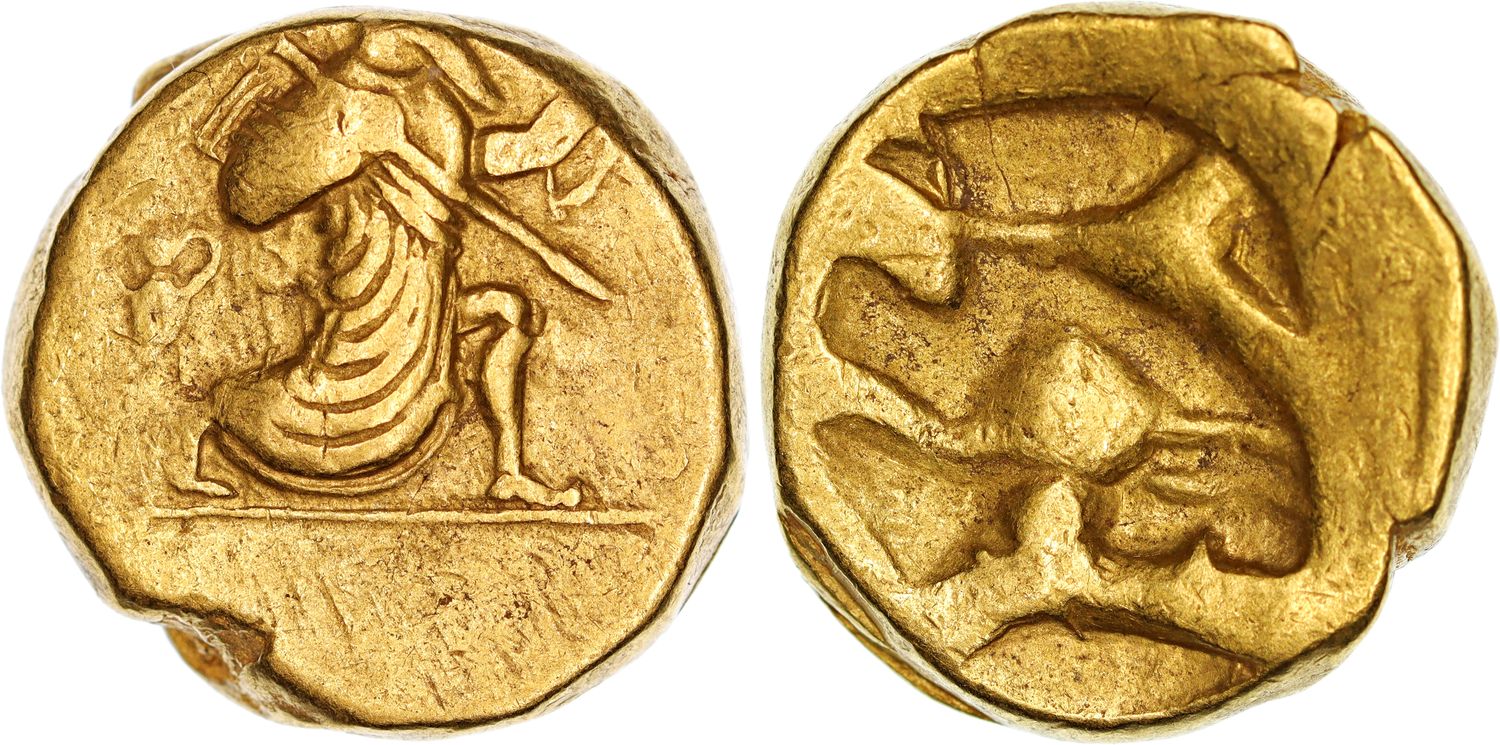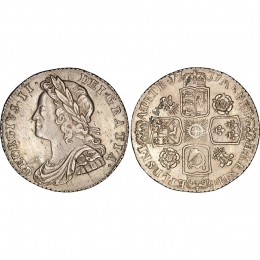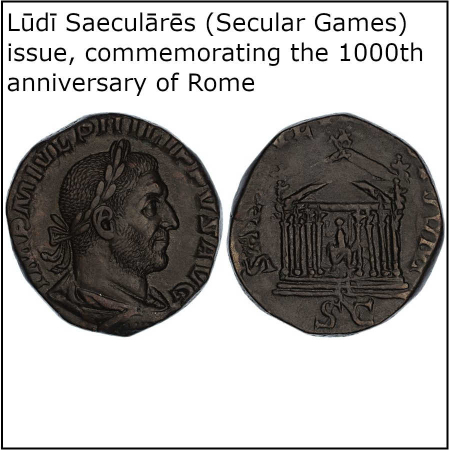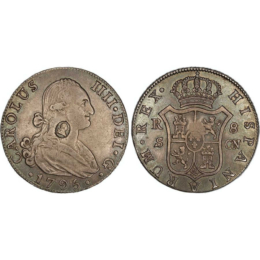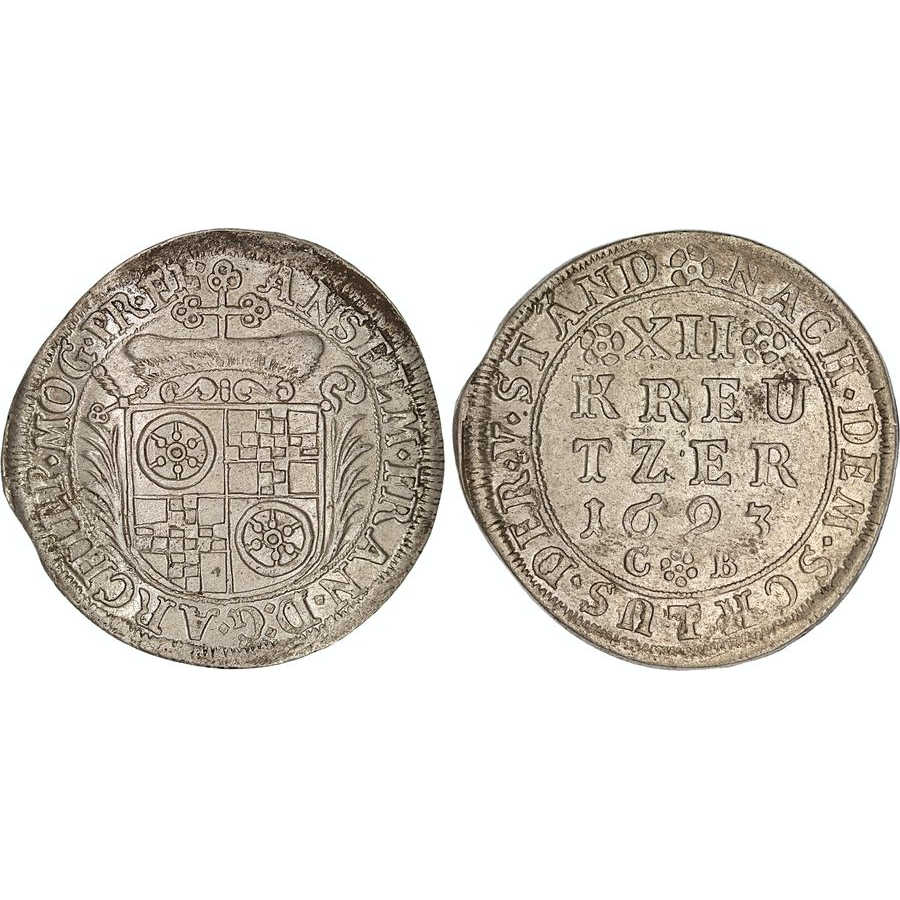Description
The Alexandrine Empire, Graeco-Persia, Gold Double Daric (16.31g, 19mm, Attic Gold Standard), struck under the authority of the Satraps of Babylon circa 328/323-311 BC, the period of Stamenes to Seleukos. Obverse: The Great King or Hero of Persia facing right, draped in royal kidaris and kandys, quiver over shoulder, assuming a ‘kneeling-running’ stance, holding spear in right hand and bow in left, control mark Amphora to left field, exergual-ground line below. Reverse: Patterned striated punch. Cf. SNG Copenhagen 259 for type – new control mark. Lightly toned golden in colour and struck on a broad flan, despite the off-centre obverse strike, the piece is quite visually appealing and the unpublished control mark is clear, very rare, good Fine.
The great Persian king portrayed by the kneeling Archer design of the Gold Double Daric is a distinct nod to the iconic design of the Gold Daric (Type III) of the Archaemenid Empire struck in the 5th to the 4th century BC. The double daric’s true purpose for being struck has been widely debated, although ongoing investigations confidently attribute them to Babylon from 328 or 323 to 311 BC. They were likely coined in separate mints under the directive of the Satrap and were struck to the Attic gold standard, a weight standard used for Alexander’s regular Athena/Nike staters as well as the Achaemenid darics before them. Whatever the double daric’s true purpose, using a Persian type with Greek letters and monograms creates a coin that visually represents the marriage of Eastern and Western influences in the Alexandrine empire.
